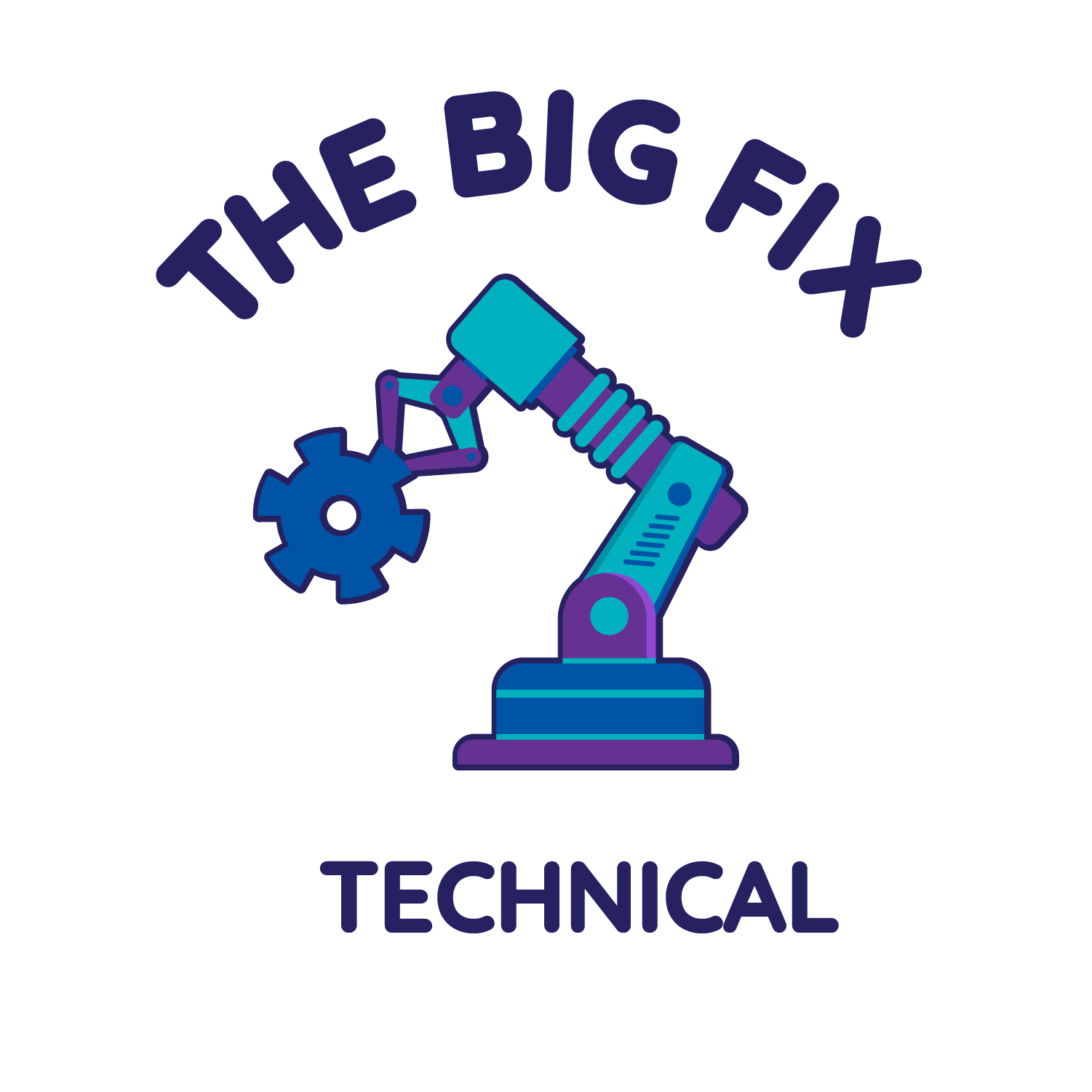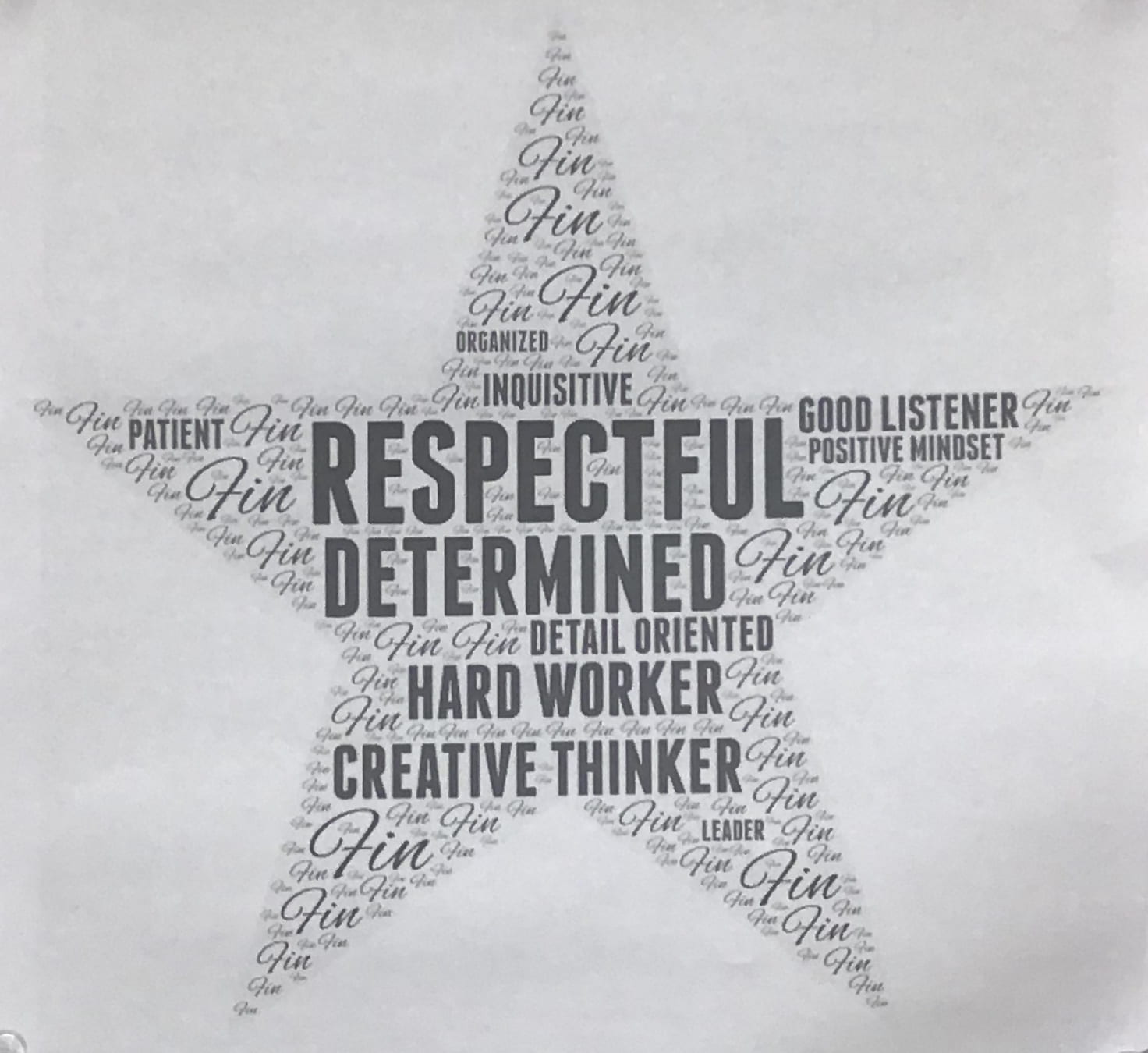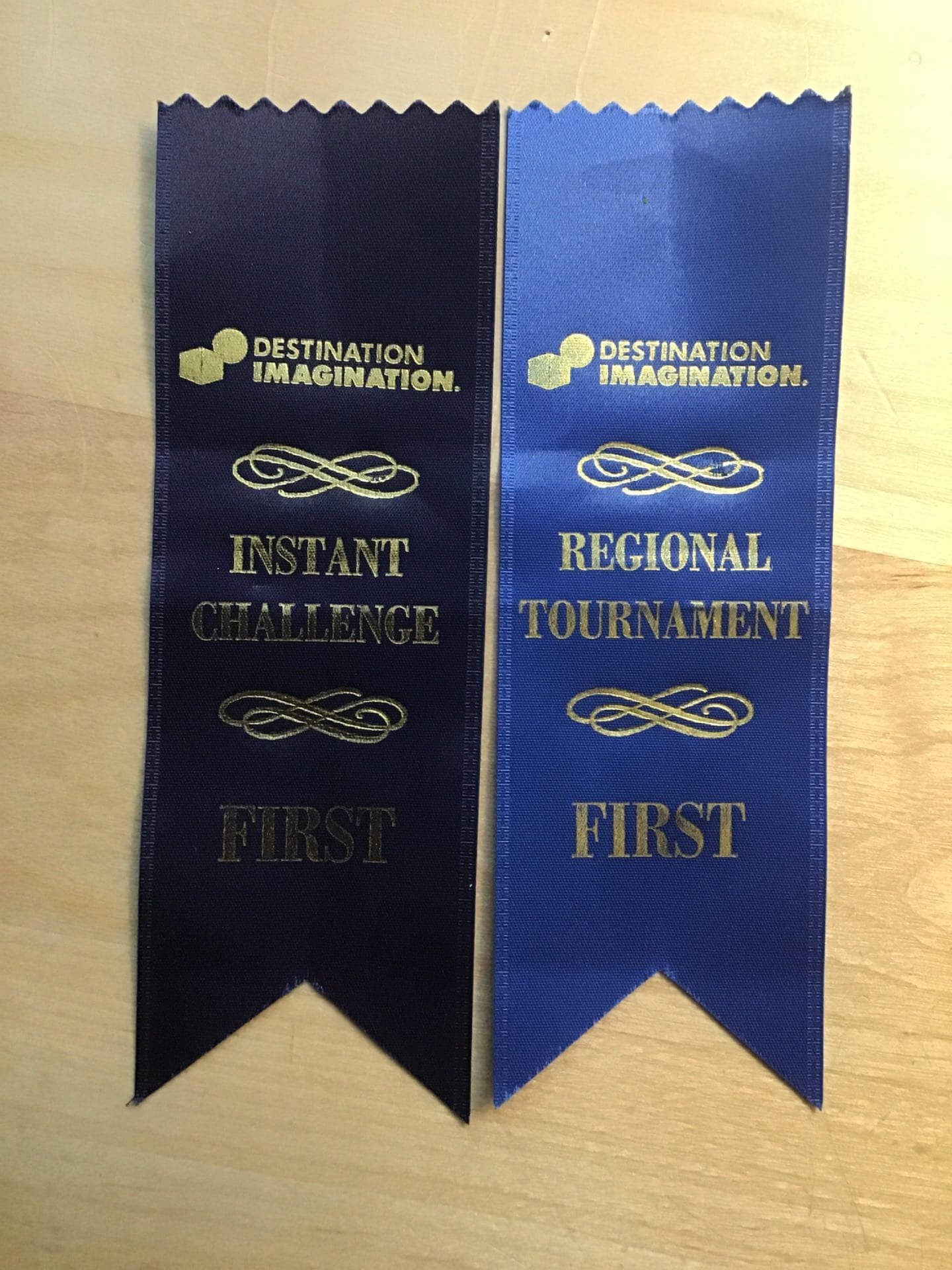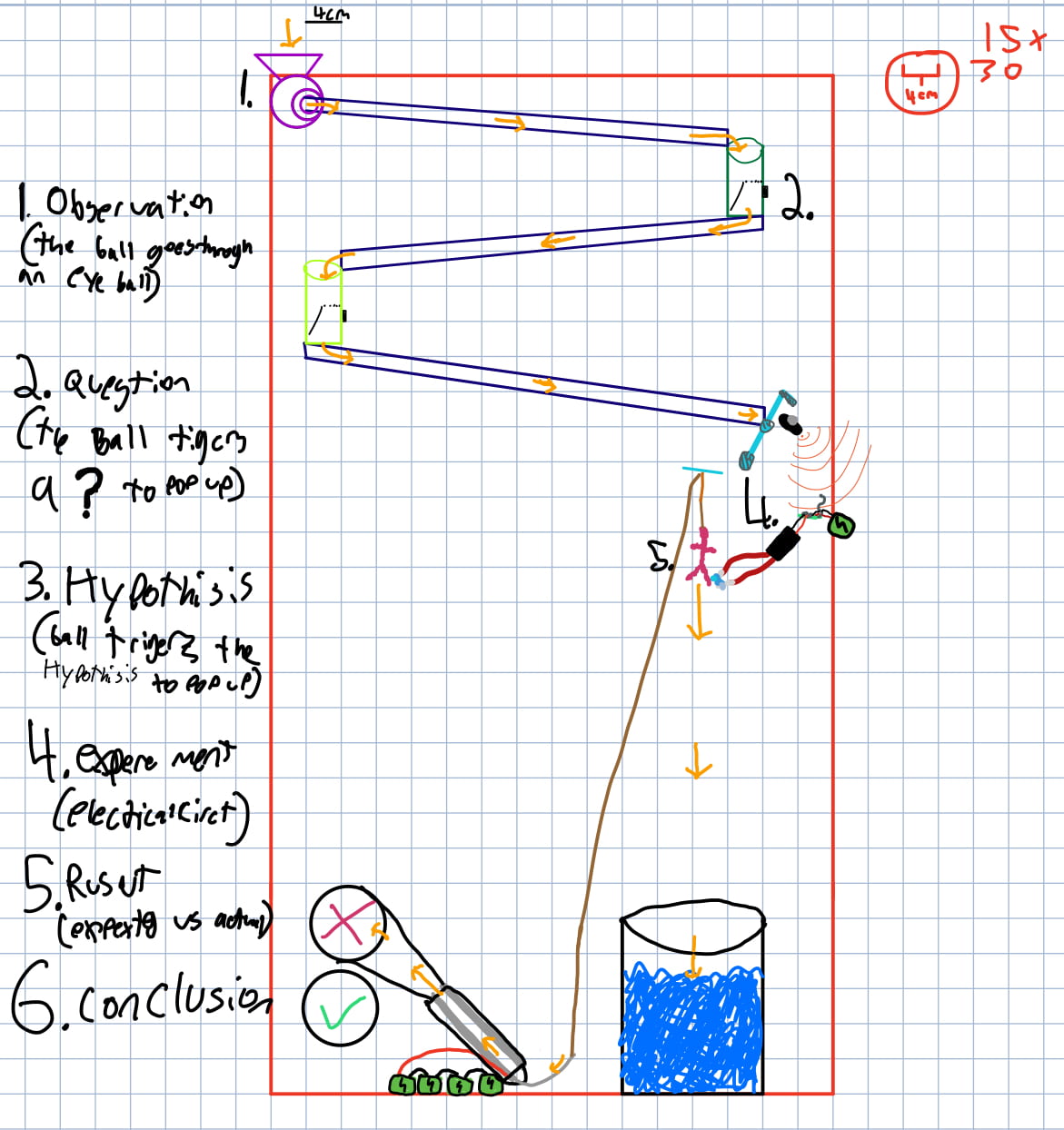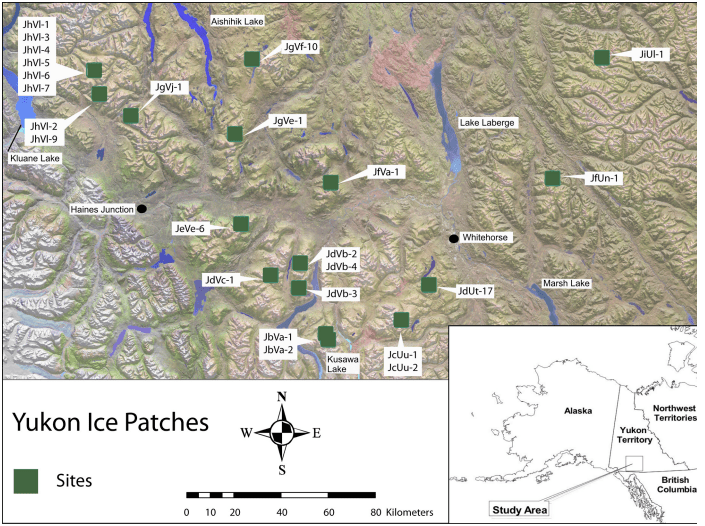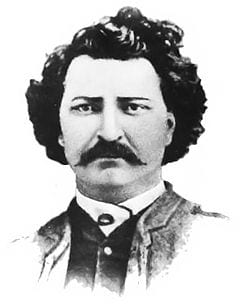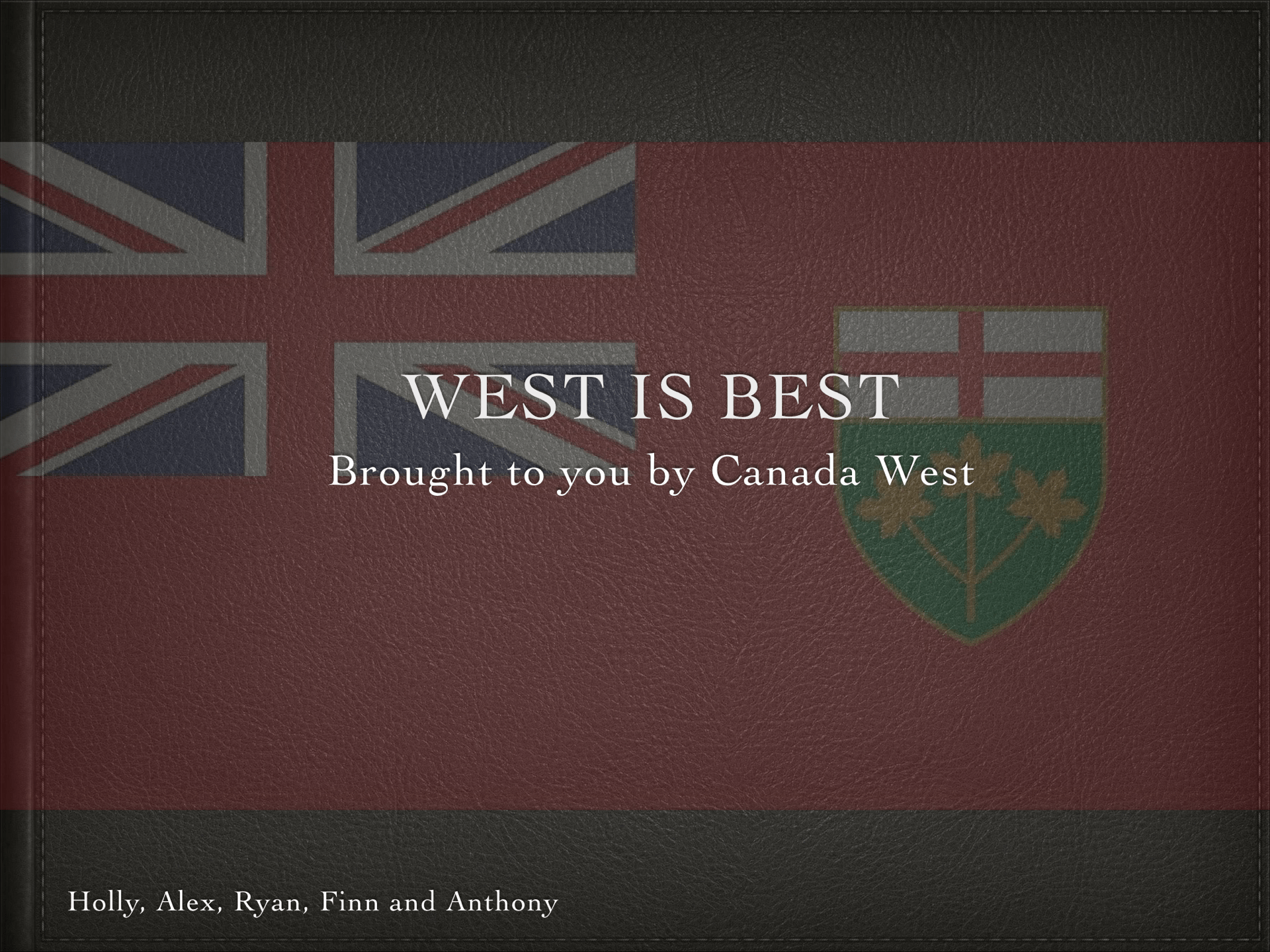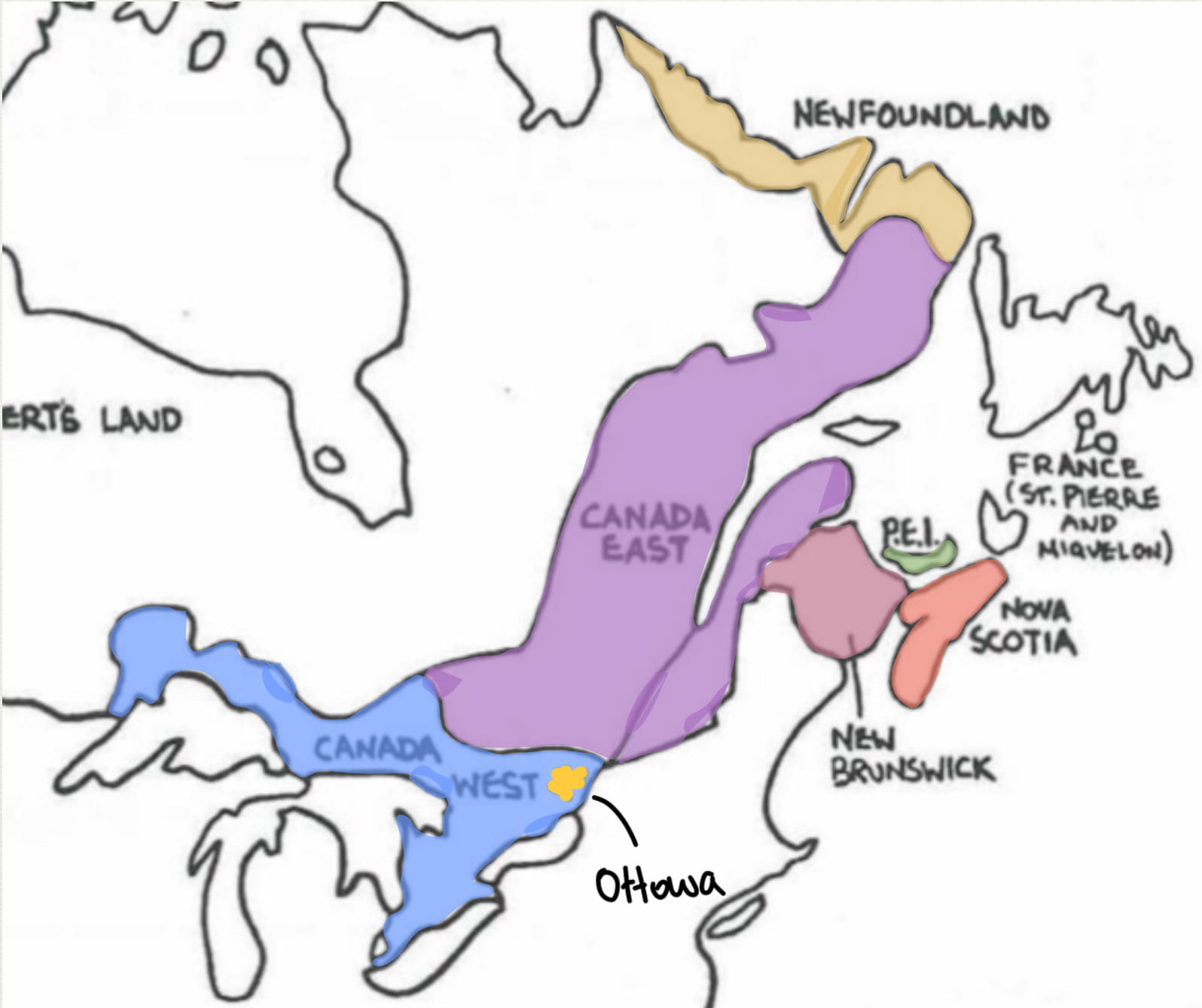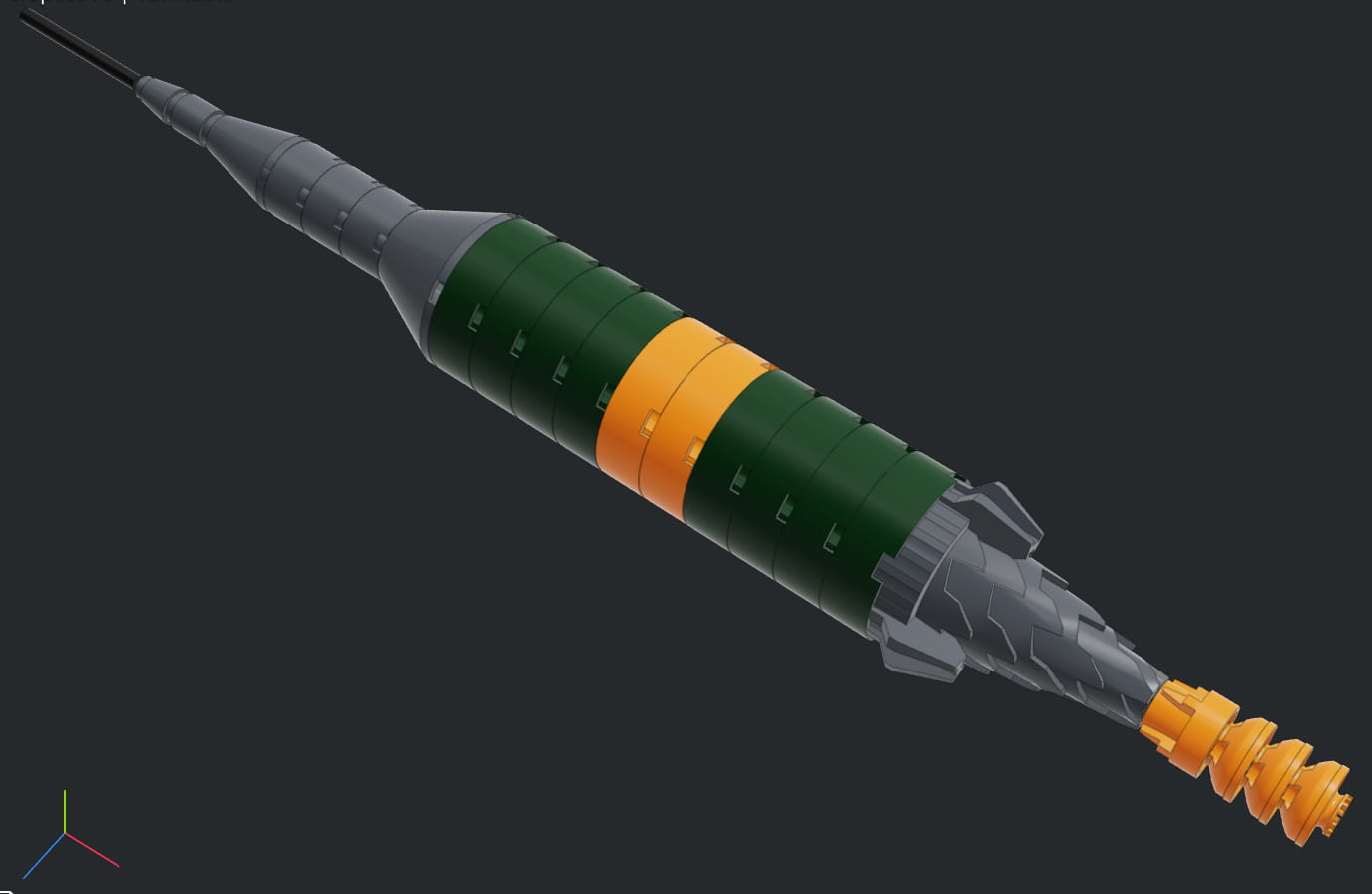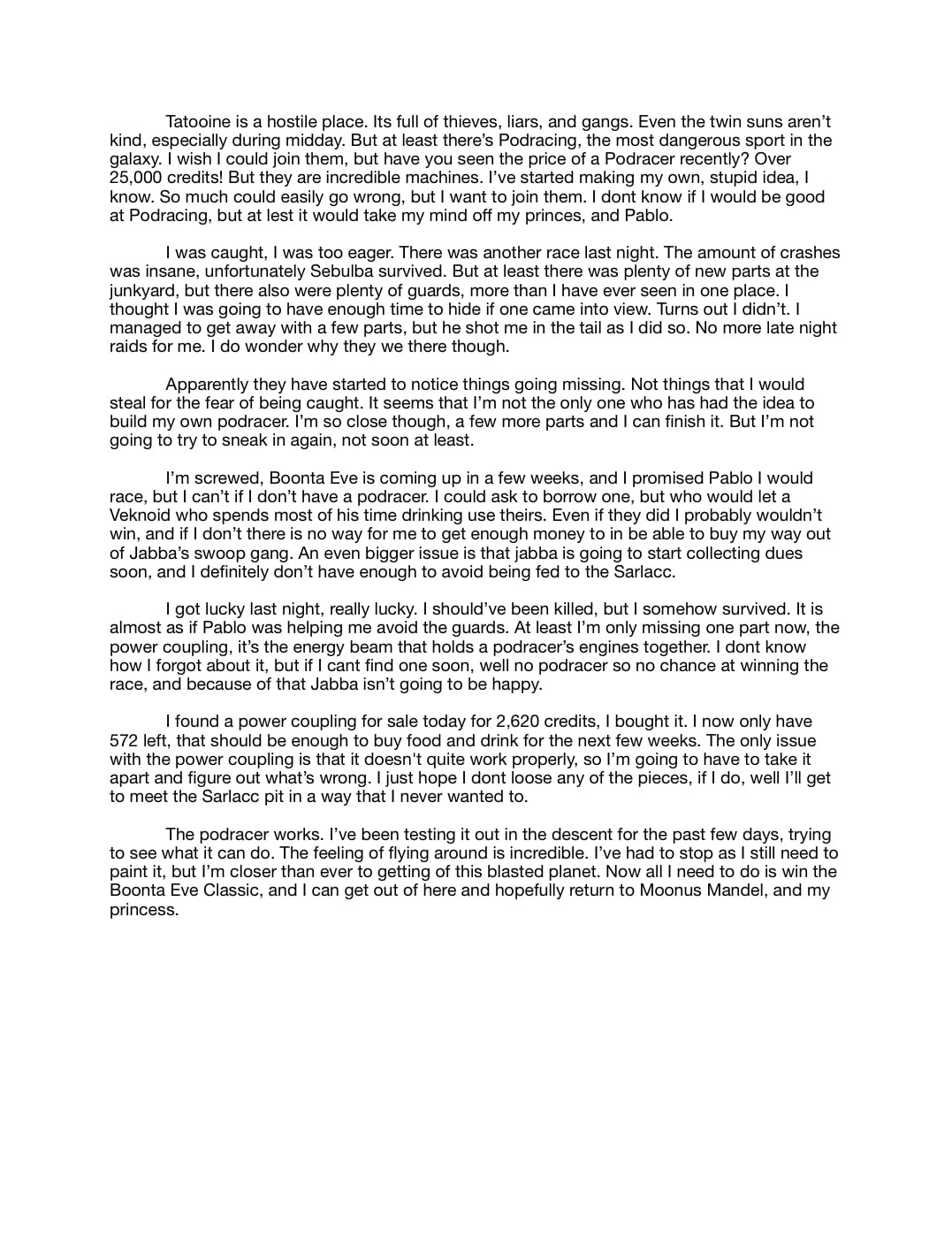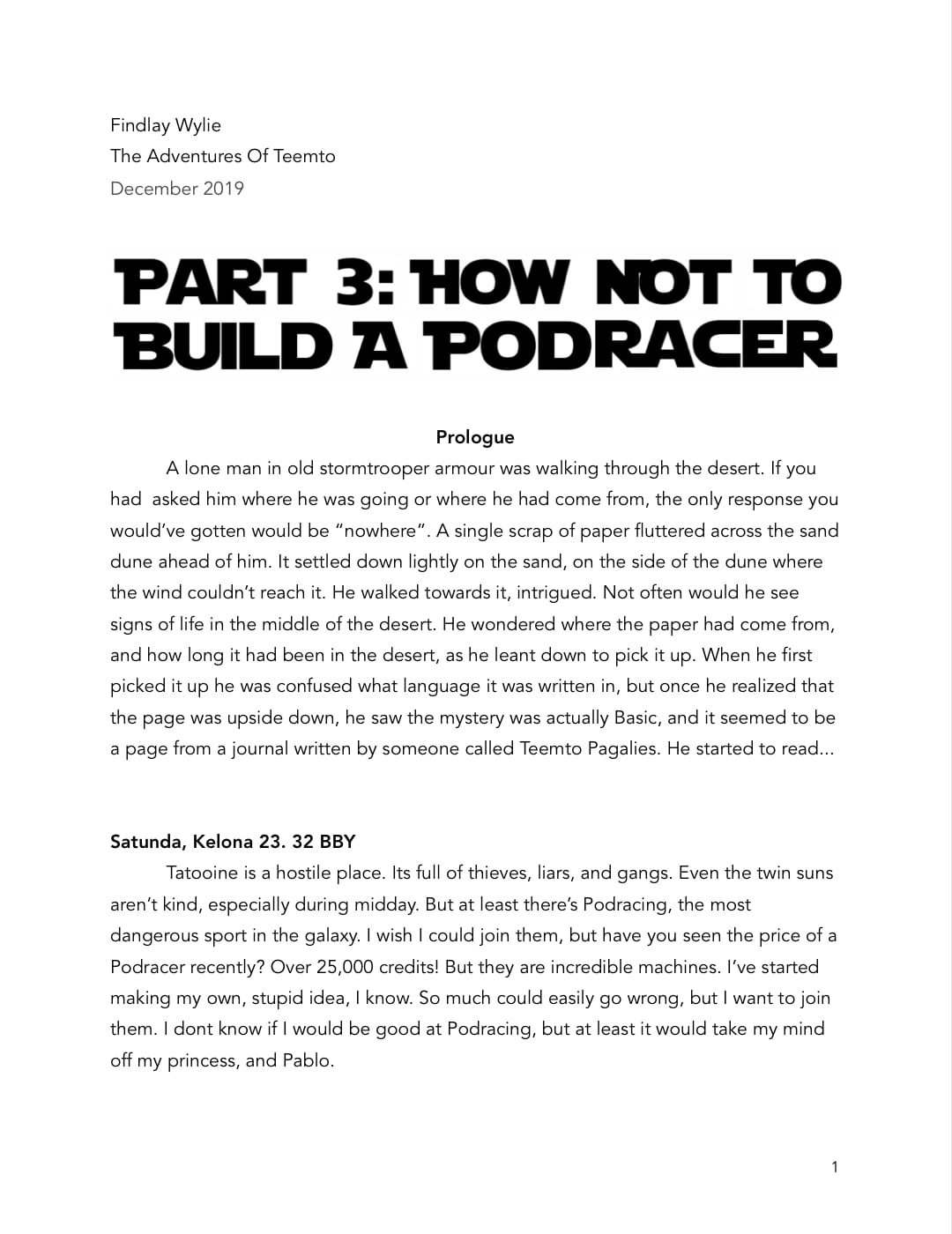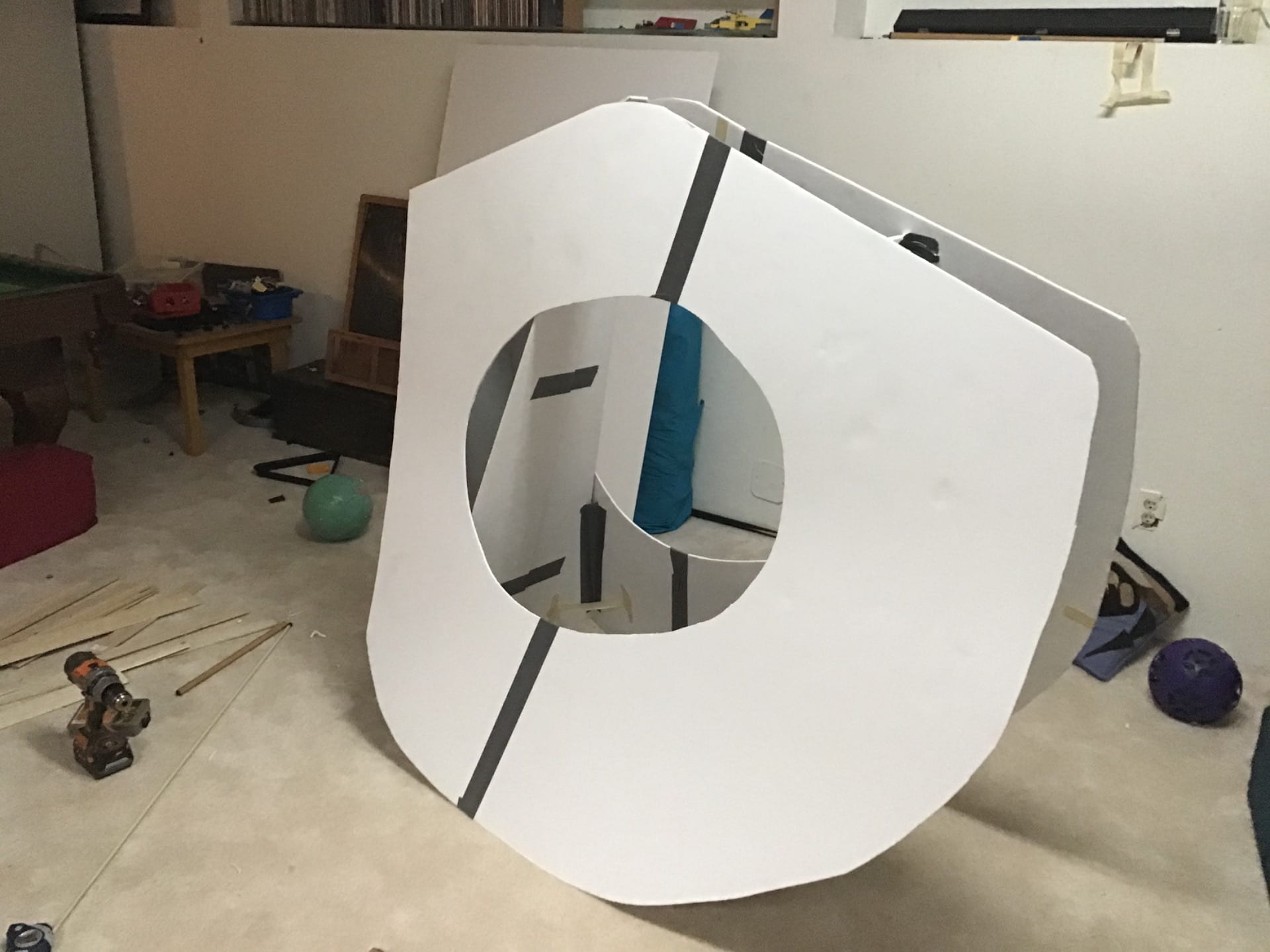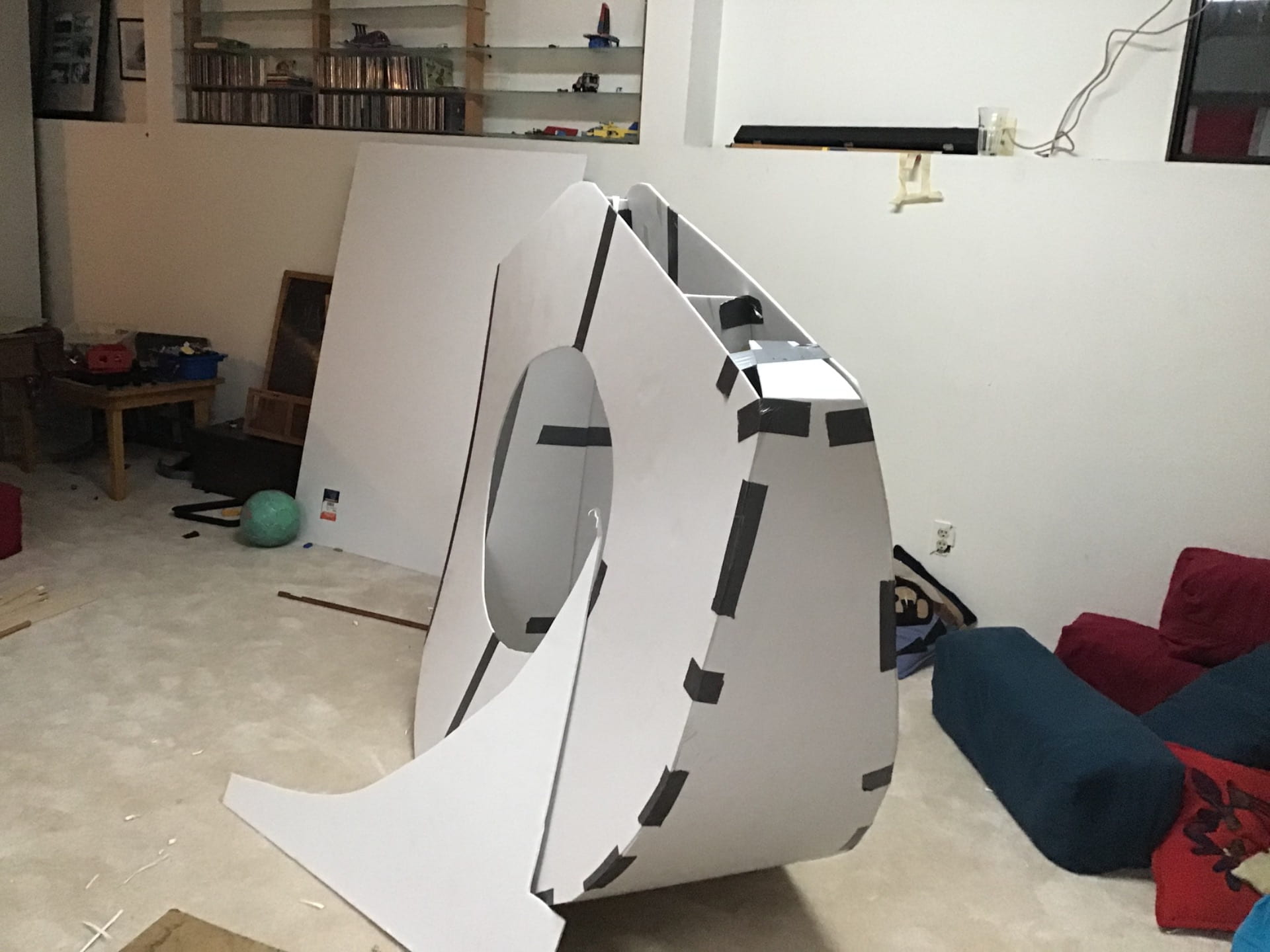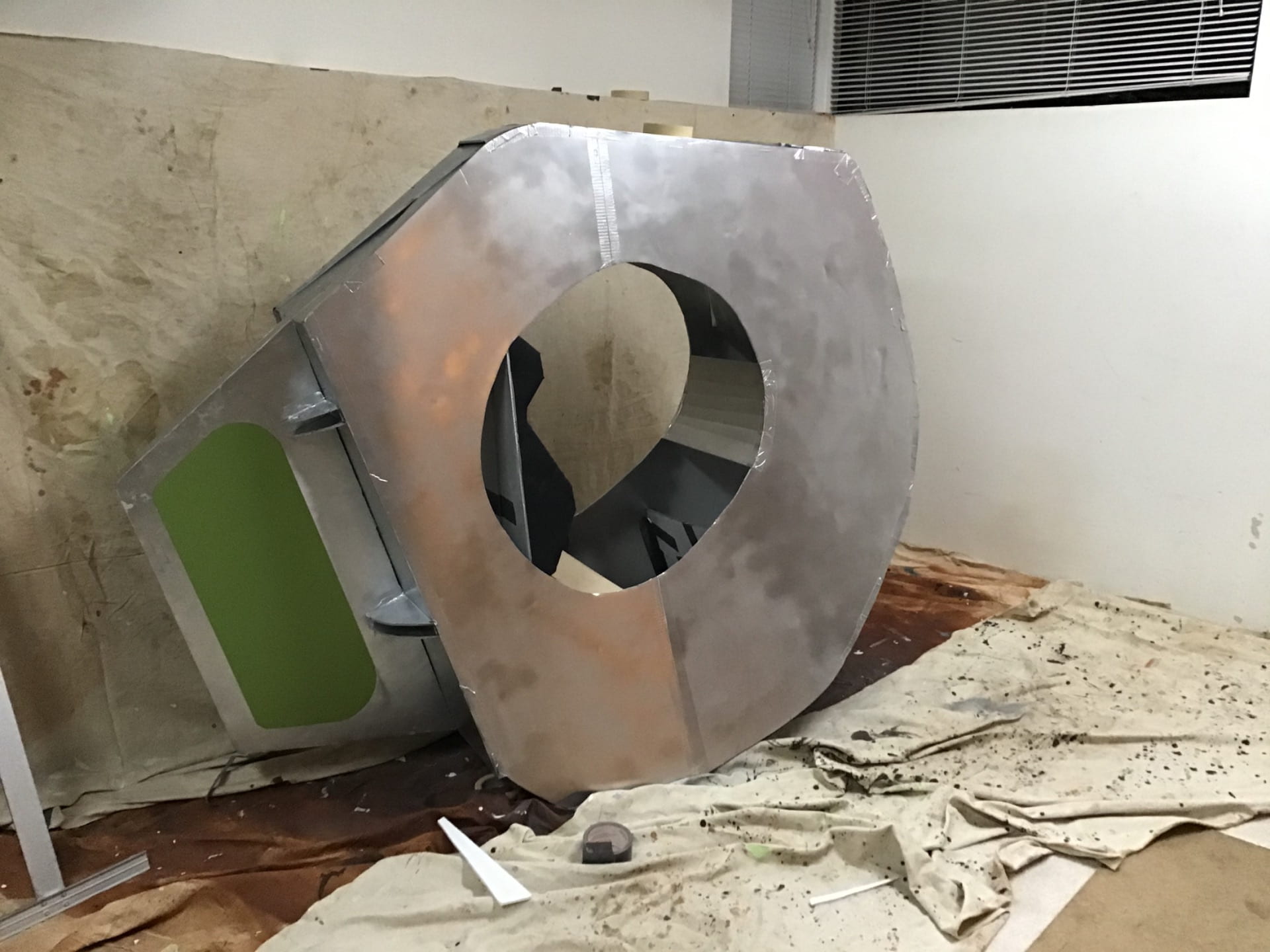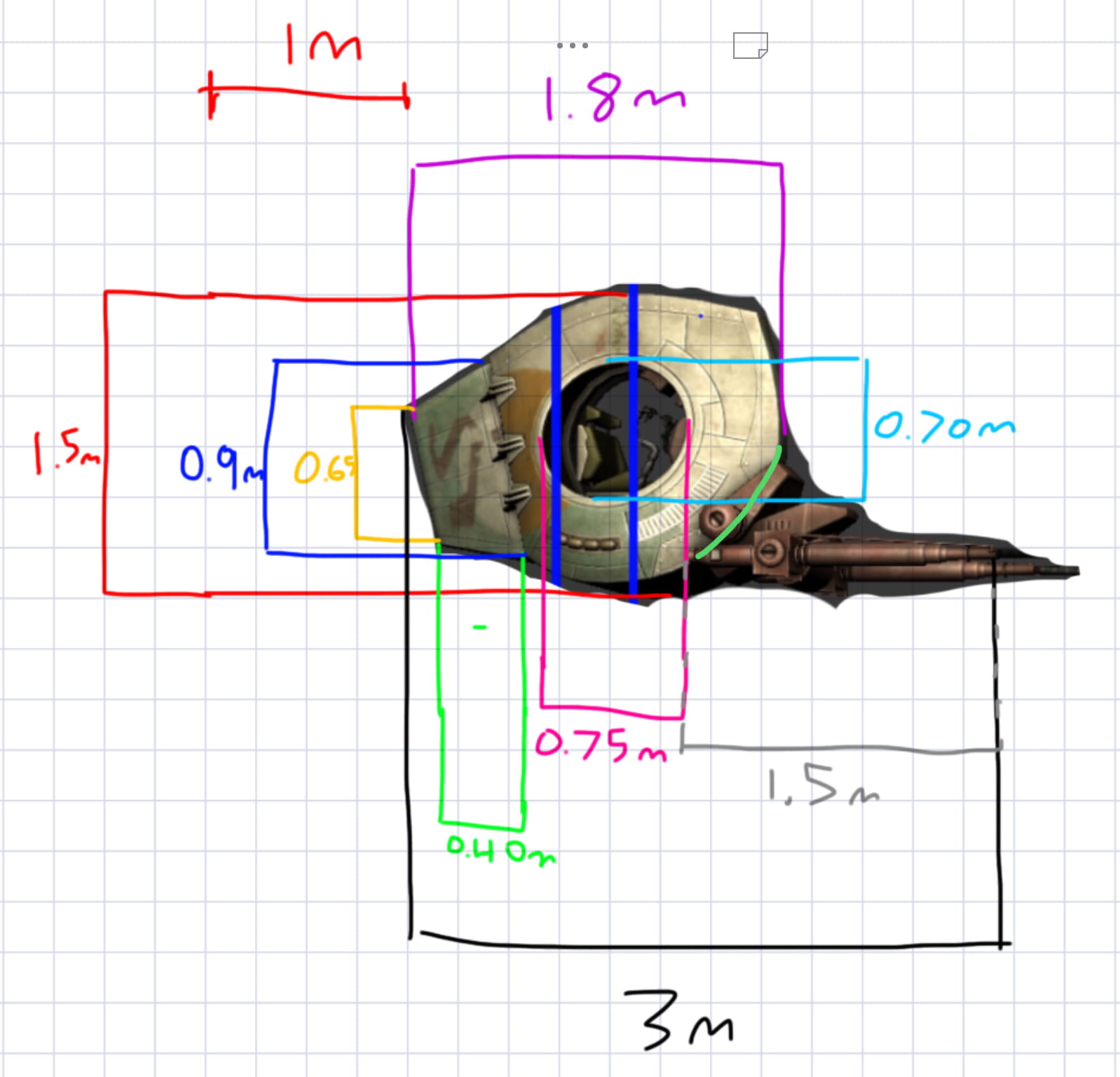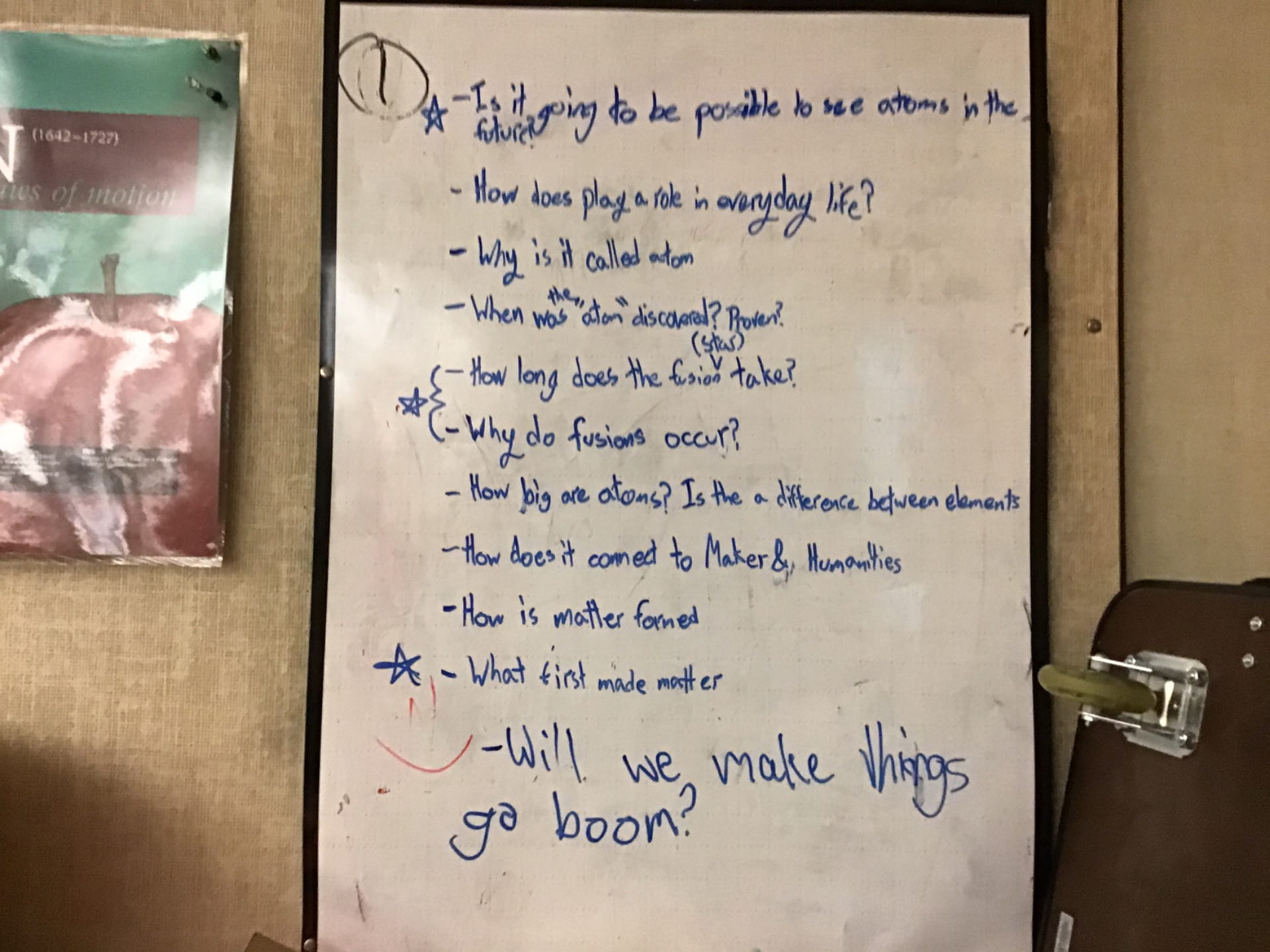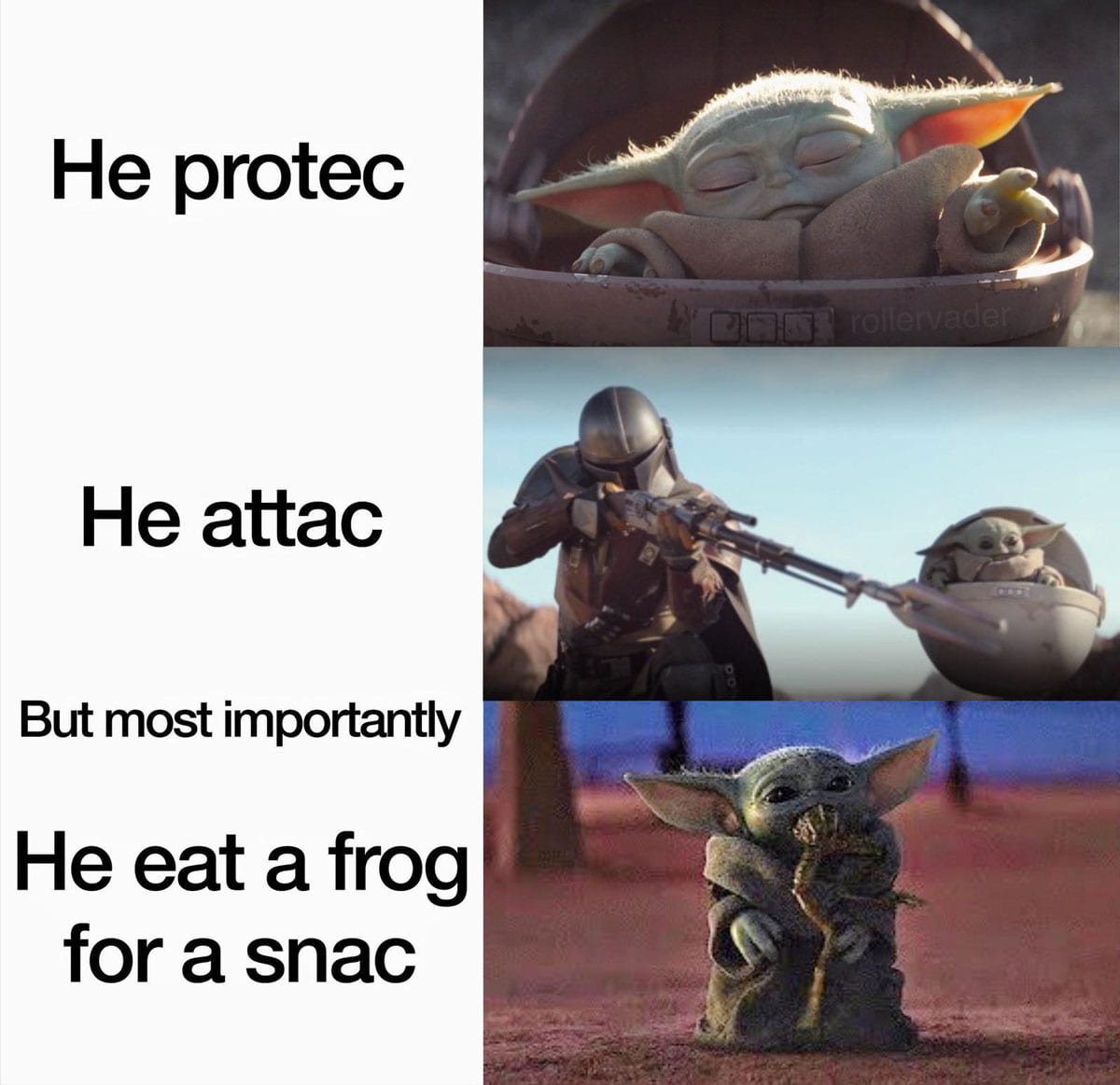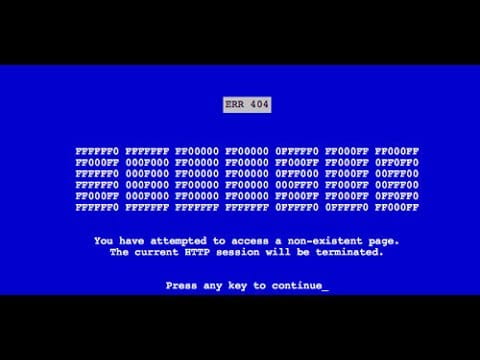This was my second year participating in Destination Imagination. This year’s Regional Tournament was held on Feb 29 2020 at my school, Seycove Secondary (again). I took part in the Technical Challenge with my team who consisted of Ryan, Matthew, Owen, Grace and Kaia and we decided to name our team ERROR 404 Team Name Not Found.
The requirements for the technical challenge as stated by Destinationimagination.org were to:
- Design and build an invention
- Create a problem that is solved with the use of the invention
- Integrate an invention artifact to highlight the development process
- Design and build scenery that shows the impact of solving the problem
- Create and present two Team Choice Elements that show off the team’s interests skills areas of strength and talents.
The problem we came up with was leaving your refrigerator door open, and wasting power. The invention we designed was an automatic door closer which was supposed to close the fridge door after being left open for a certain amount of time. I helped to design, test and build the invention and then built the invention artifact. We built the invention out of an Arduino, 3D printed casing, wires battery and tape. I also helped design and build the impact scenery, which was a part of the scenery that showed impact by transforming from one thing to another, which was a sheet that spun around to show the changes to the environment in the story.
I found doing DI less stressful this year because it wasn’t new to us, and it was more fun as I got to be with more of my friends. The hardest part was not getting to work on the physical part of our project due to various reasons including filling out out a large number of forms. The best part of the project was working with my friends to build a swivel for the Impact Scenery out of miscellaneous screws, nuts, and other things.
While working on this project I found that I learnt more about woking in groups, one of the most prominent learning experiences for me was when our group found out that Owen wouldn’t be attending the Destination Imagination Regional Tournament, if we had already written a par for him in the script, someone else would’ve had to learn his line in a very short time.
Through this project I have learnt more about my self, a key moment of that was when we got to look at these “text stars” made out of the words our classmates thought represented us the best. The larger the word was, the more people who had said it.
Here is a video of our performance at the regional tournament.
We ended up getting first in both the Instant challange and the main tournament.
Thanks for reading,
-Finn
